For many, summer is the season to unwind. The warm weather is the perfect excuse to lounge during beach trips, days poolside, and hammock-filled afternoons. It’s also the season to cross off some titles from your reading list.
While there is an endless number of books to read, we compiled the best books for teachers. This list focuses on professional development for educators and offers strategies, tips, and insights to apply in the classroom during the school year.
Top 10 books for teachers:
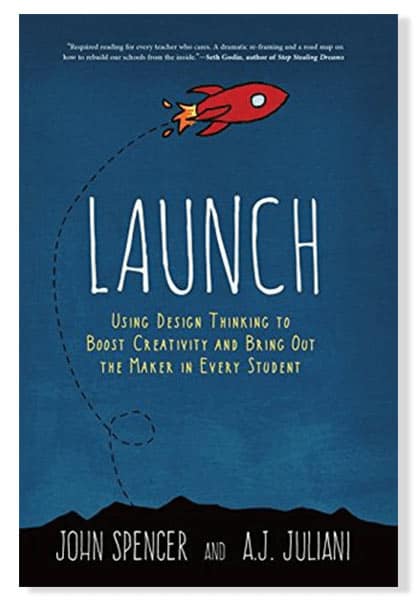
1. Launch: Using Design Thinking to Boost Creativity and Bring Out the Maker in Every Student
Written by John Spencer and A. J. Juliani
Page Count: 298
This book highlights the need for prioritizing creativity in the classroom and offers readers insight on best practices based on design thinking. Applying design thinking in the classroom helps to inspire, empower, and engage students.
The authors note that “…the power of design thinking… provides a flexible framework for creative work.” Launch helps teachers boost creativity in the classroom by implementing strategies, such as developing creative confidence.
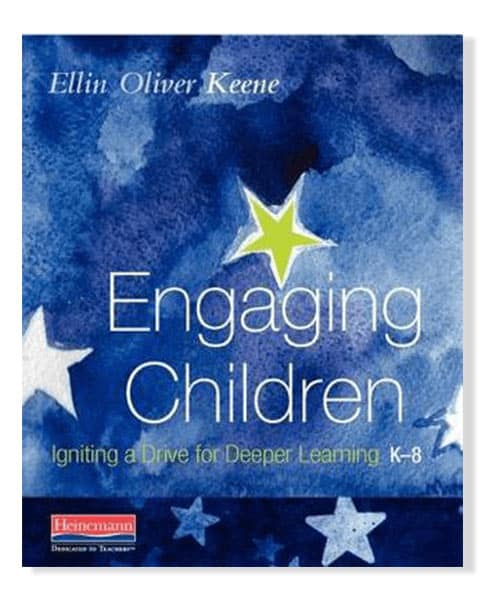
2. Engaging Children: Igniting a Drive for Deeper Learning
Written by Ellin Oliver Keene
Page Count: 224
Keene’s Engaging Children offers insight on how you can help students get motivated and remain engaged. Engaging Children suggests that teachers “need to be able to talk to kids about what it feels like to be engaged.”
Engaging Children covers several best practices that encourage motivation and engagement, including learning and applying the four pillars of engagement:
- Intellectual urgency: the use of questions to propel learning forward.
- Emotional resonance: a strong emotional connection to what is learned or read.
- Perspective bending: adjusting challenged thinking.
- Aesthetic world: deeper engagement and learning with moments that are “uniquely beautiful, captivating, hilarious, or meaningful.”
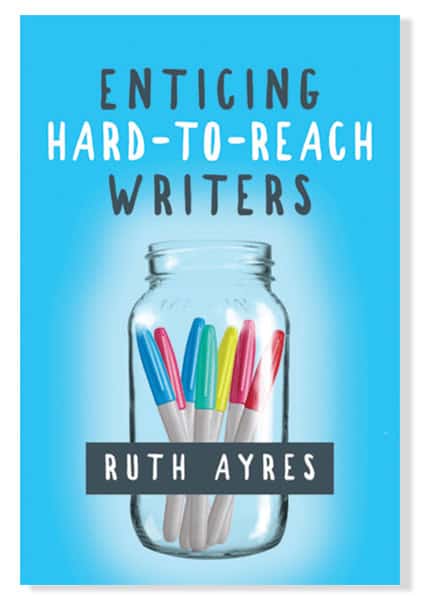
3. Enticing Hard-to-Reach Writers
Written by Ruth Ayres
Page Count: 156
Ayres demonstrates the power of storytelling as a healing mechanism for children who have endured struggle. She notes that storytelling helps develop students’ writing skills by enabling them to share information while transforming dark situations into insightful content.
Told from her personal experience, Ayres includes neurological research to demonstrate her points. Specifically, Enticing Hard-to-Reach Writers explores the way trauma alters the brain.
This book is a must-read for teachers with students that are living in poverty or unstable homes.
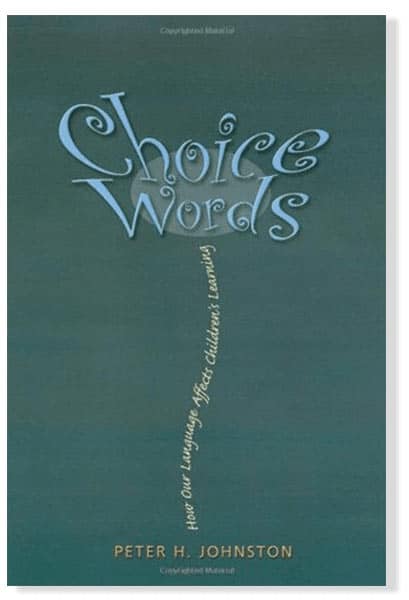
4. Choice Words: How Our Language Affects Children’s Learning
Written by Peter H. Johnston
Page Count: 120
Students rely on teachers for more than just intellectual development. Teachers are often the single greatest in-school factor influencing children’s academic achievement. The classroom serves as an environment in which students can develop emotional and social skills.
In Choice Words, Johnston highlights the concept that “children… teach us about the language of our classrooms.” Teachers are building learning communities through communication by using language, including ordinary phrases and words.
This book examines seemingly ordinary words and language used to highlight how things said or not said in the classroom has an impact on what children learn.
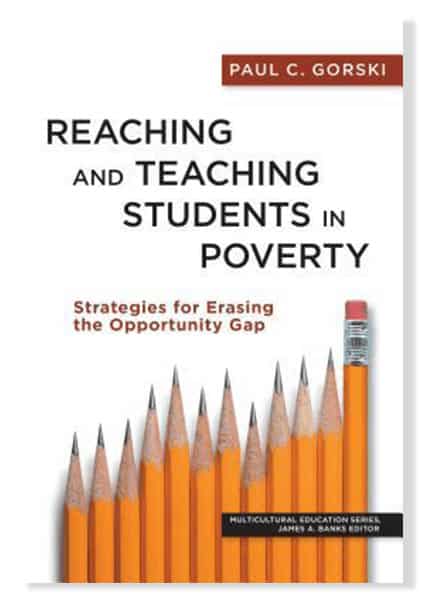
5. Reaching and Teaching Students in Poverty: Strategies for Erasing the Opportunity Gap
Written by Paul C. Gorski
Page Count: 216
As the title suggests, Reaching and Teaching Students in Poverty covers the hurdles that educators have to overcome to reach students from impoverished backgrounds, including a lack of awareness.
Gorski shares how “we tend to filter information through our existing belief systems.” Readers will learn how to overcome these challenges by creating educational opportunities that are equitable. Strategies you can apply from the book include a framework for low and middle-income youth along with instructional techniques and activities.
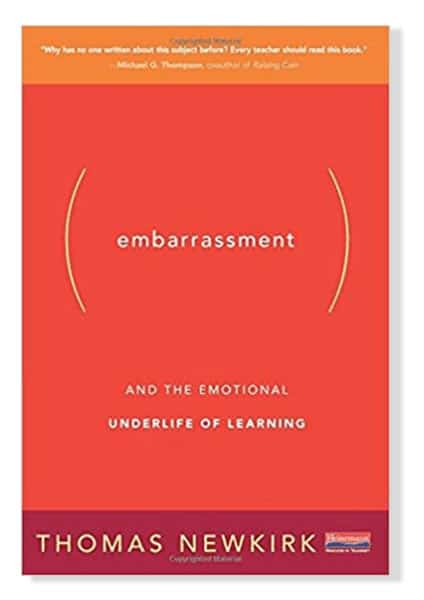
6. Embarrassment: and the Emotional Underlife of Learning
Written by Thomas Newkirk
Page Count: 207
Newkirk’s book highlights several tactics for helping students to get past their fear of embarrassment, including identifying what is creating barriers to learning. According to Newkirk, “…if we can take a topic like embarrassment and shame, we can come to a richer, more honest, more enabling sense of who we are and what we can do.”
Embarrassment uncovers more than just fear and hesitancy in students ﹘ it also discusses the embarrassment educators feel and how it affects teaching.
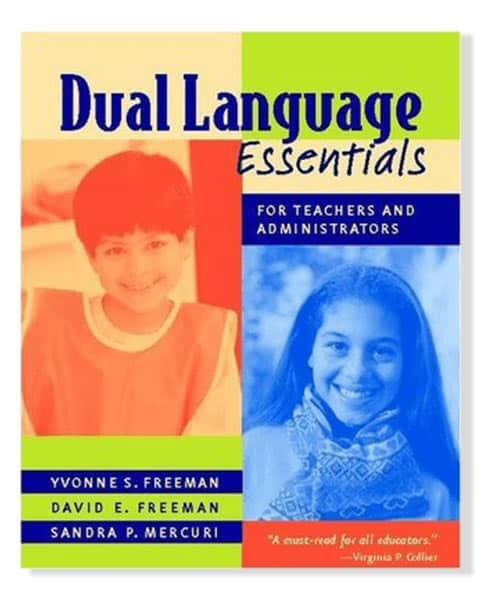
7. Dual Language Essentials for Teachers and Administrators
Written by Yvonne S. Freeman, David E. Freeman, and Sandra P. Mercuri
Page Count: 224
Dual Language Essentials for Teachers and Administrators is packed with practical resources. The authors provide insight from their experience visiting dual language schools across the nation. This includes tactics on how to execute and plan successful dual language programs.
A major point of discussion includes translanguaging strategies to pull from bilingual student emigrants’ full set of linguistic skills.
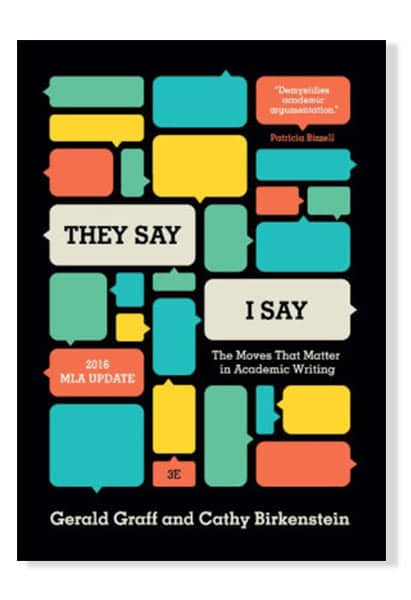
8. They Say / I Say: The Moves That Matter in Academic Writing
Written by Gerald Graff
Page Count: 352
They Say / I Say touches on rhetoric in academic writing. Teachers can use and modify the templates included to help strengthen and improve student writing. This includes “Introducing What ‘They Say'” and “Introducing ‘Standard Views.'”
In short, They Say / I Say reimagines the standard approach to academic writing. It helps by thinking of writing as participating in a dialogue.
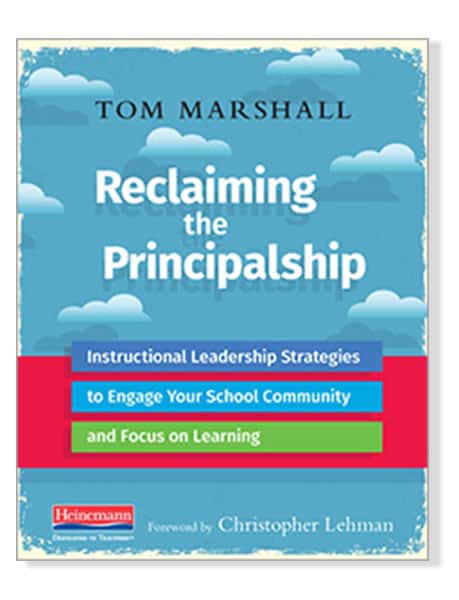
9. Reclaiming the Principalship
Written by Tom Marshall
Page Count: 160
Tom Marshall’s book shares different ways principals can build and lead school communities, including providing teachers with honest and constructive evaluations and assuming the instructional leader role.
Using a “learning mindset,” Reclaiming the Principalship offers tactics and strategies to help overcome challenges like:
- Isolation
- School culture
- Academic achievement gaps
- Scheduling
- Teacher evaluation
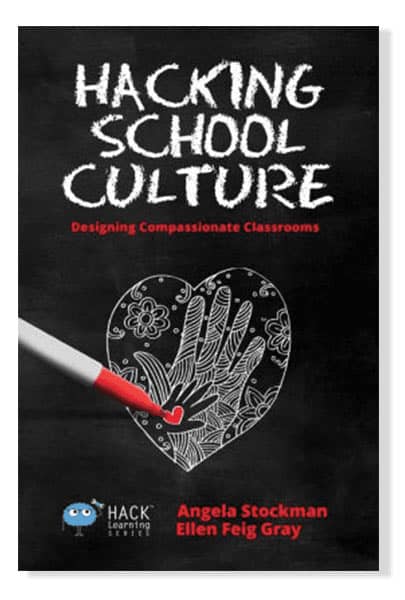
10. Hacking School Culture: Designing Compassionate Classrooms
Written by Angela Stockman and Ellen Feig
Page Count: 198
Hacking School Culture covers how using a human-centric approach can help shape character in students and prevent bullying. It is instrumental in helping school leaders build character and prevent bullying by using tactics and tools to inspire learning and teaching that emphasizes strength.
The content of this book relies on the interviews and observations of teachers and administrators who demonstrate how human-centered approaches benefit classrooms and school communities.
Don’t let summer roll by without diving into one of these great books for teachers to read. You’ll learn engagement tactics and other best practices you can apply in the classroom and beyond.